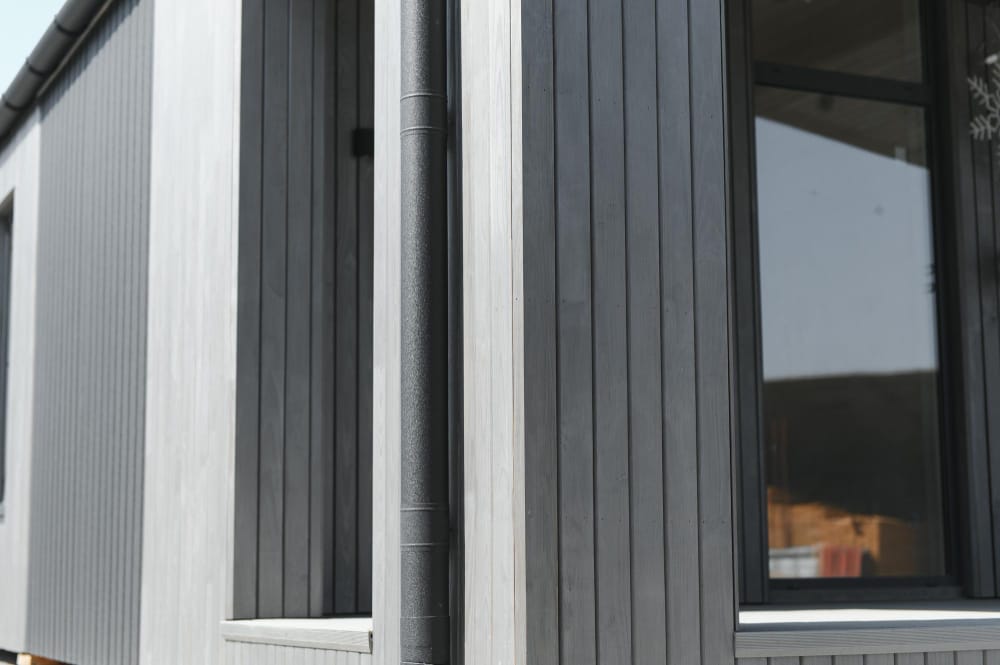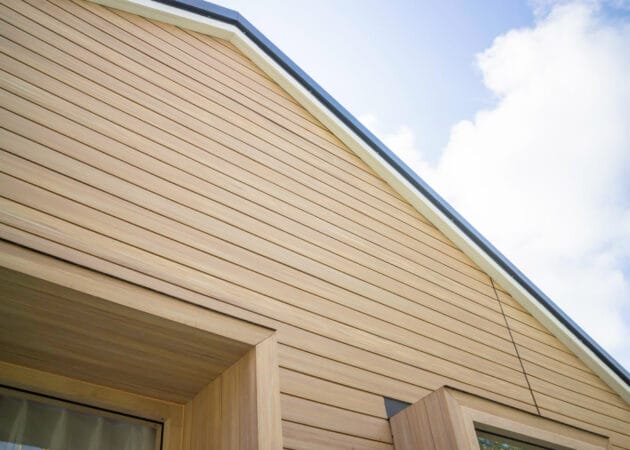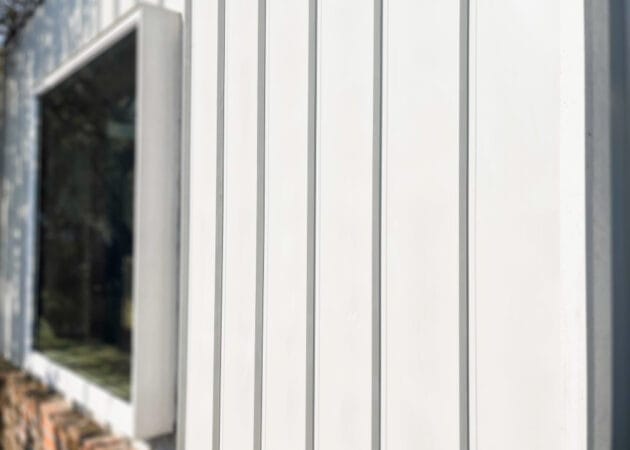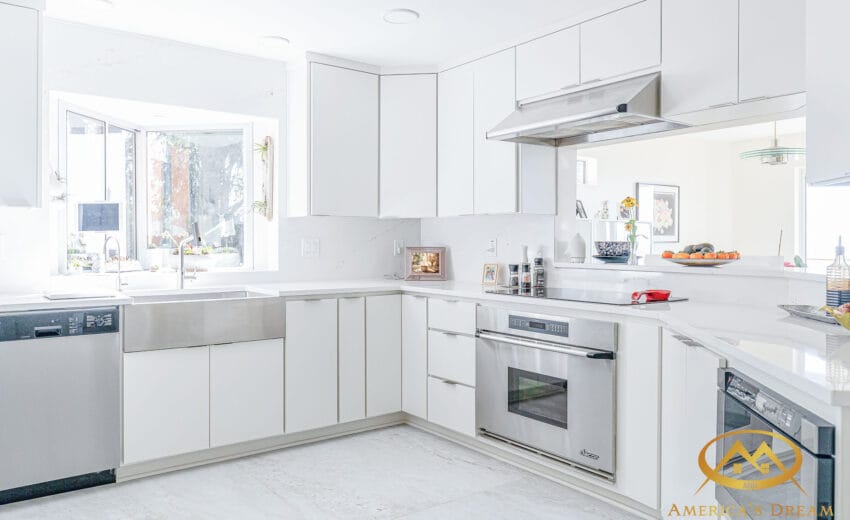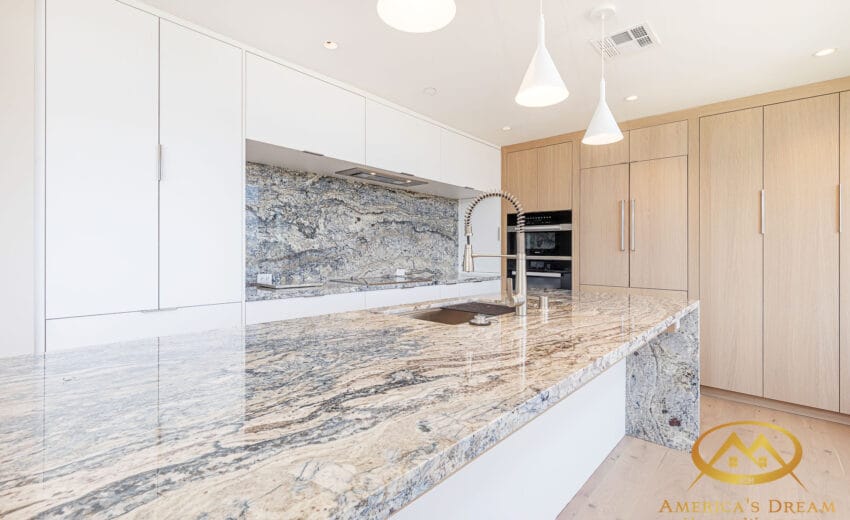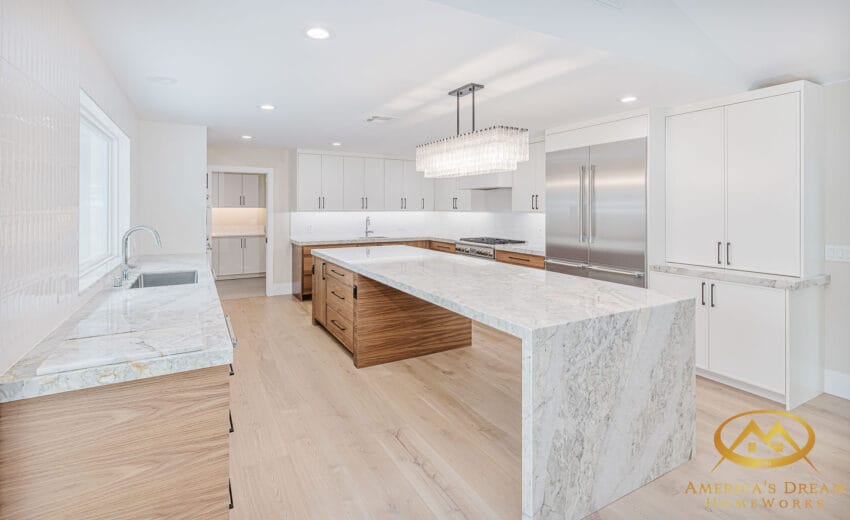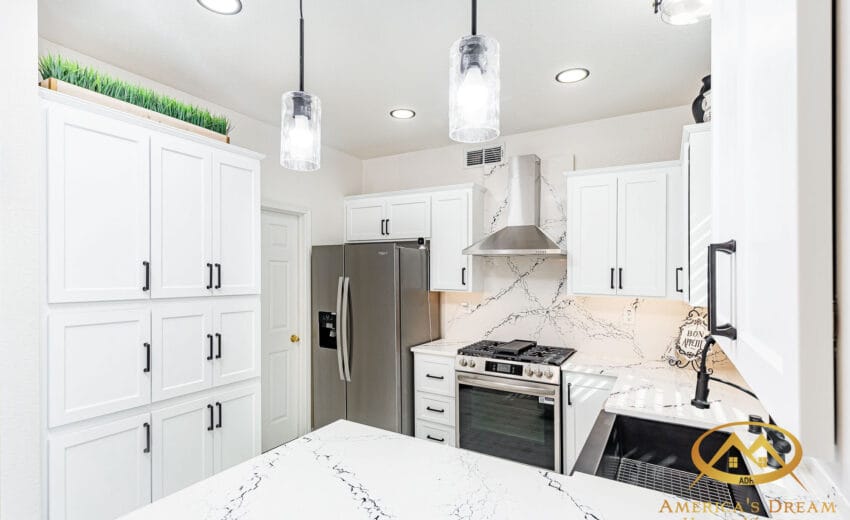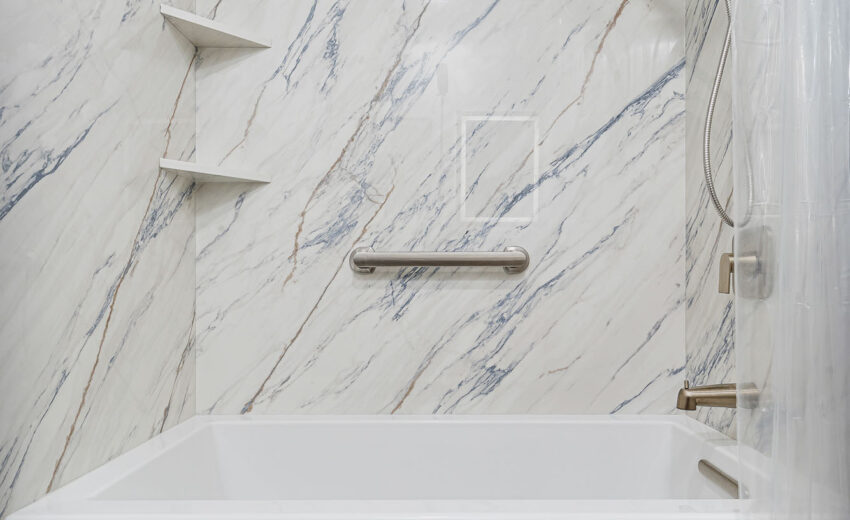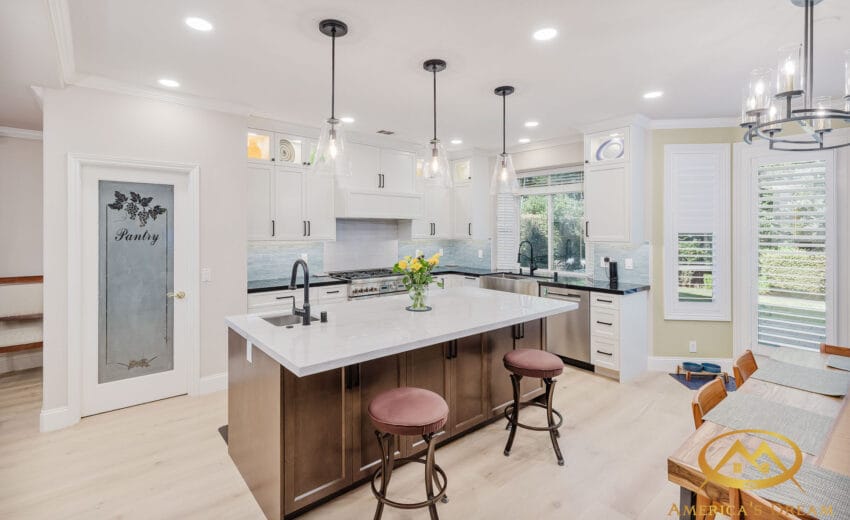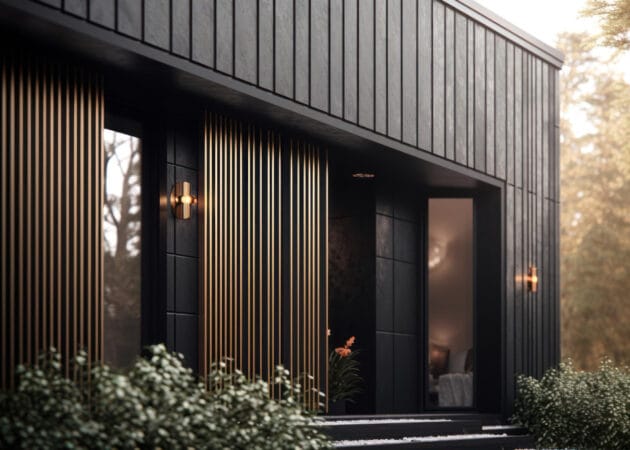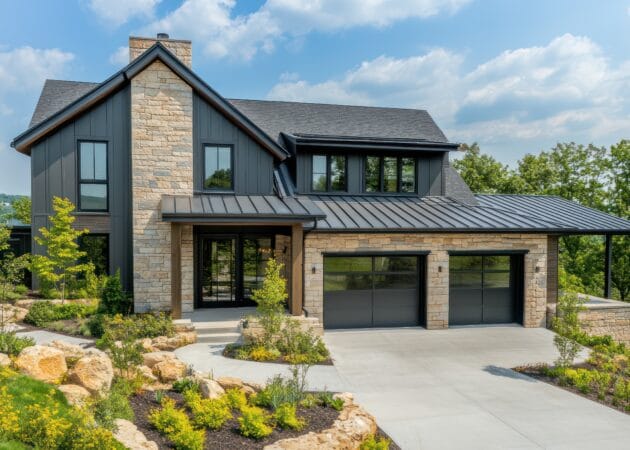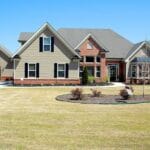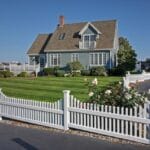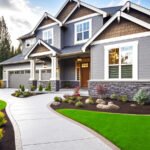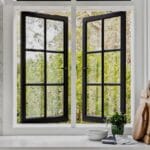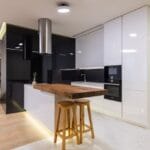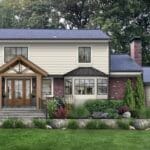You’re standing outside your house, coffee in hand, staring at that weather-beaten siding thinking, “Yep, it’s time.” You’ve heard Hardie board is the best. Fire-resistant! Looks great! Lasts forever!
But before you call up a contractor or start tearing off your old siding in a fit of DIY ambition, let’s take a minute.
Here are the 9 pros and cons of Hardie board siding you absolutely need to know—before you make the call, sign the contract, or grab the crowbar. Trust me, siding’s not something you want to regret.
✅ 1. Pro: Insanely Durable
Hardie board (aka fiber cement siding) is built like a tank. It can take on:
Hail
Harsh sun
Rot
Insects
Even fire
💬 Chip Says: It’s the Clint Eastwood of siding—tough, no-nonsense, and sticks around for decades.
❌ 2. Con: Heavier Than Your Average Siding
It’s strong because it’s dense—and that density means it’s heavy. Installation isn’t a one-person job, and if your crew doesn’t know what they’re doing, mistakes happen.
🚧 Translation: Not your average DIY weekend warrior project.
✅ 3. Pro: Fire-Resistant
Unlike wood or vinyl, fiber cement is non-combustible. That means it won’t catch fire from embers, flames, or intense heat.
🔥 Bonus: Some insurance providers offer discounts for homes with Hardie siding. Cha-ching.
❌ 4. Con: Needs a Pro-Level Install
Because of its weight, special cutting tools, and expansion behavior, this stuff must be installed right. Improper spacing or sealing? You’ll have moisture problems down the road.
🛠️ If your contractor says, “Eh, I’ve never done it but I’ll figure it out”—run.
💡 Consider hiring contractors familiar with James Hardie Siding Project in Oakland, CA to ensure proper installation.
✅ 5. Pro: Curb Appeal for Days
This siding looks legit. Whether you’re into farmhouse, craftsman, or modern styles, Hardie board mimics real wood texture like a pro and comes pre-primed or color-plus finished.
🏡 Design Tip: Go with vertical board and batten for a farmhouse twist or horizontal lap for a classic look.
Need more design ideas? Browse our Inspiration Projects to see how others made it work beautifully.
Check Our Recent Projects
❌ 6. Con: More Expensive Upfront
Compared to vinyl, Hardie board costs more for:
Materials
Installation
Labor
But—and this is a big one—it pays off in long-term performance, durability, and resale value.
📊 According to Remodeling Magazine, fiber cement siding recoups nearly 70–80% of its cost at resale.
✅ 7. Pro: Resistant to Moisture and Rot
This isn’t wood. It won’t warp, swell, or rot when the rain pours or snow piles up. Perfect for high-humidity climates or anywhere that sees seasonal shifts.
💧 Plus, pests like termites and carpenter ants won’t touch it. Ever.
For homeowners near coastal or humid areas, upgrading to Hardie siding offers long-term peace of mind.
❌ 8. Con: Maintenance Isn’t No Maintenance
Unlike vinyl, Hardie board does need to be repainted every 10–15 years, especially if you go with a primed version instead of their baked-on “ColorPlus” finish.
🎯 Not high maintenance, just scheduled maintenance.
✅ 9. Pro: It’s Built to Last—Literally
Hardie board often comes with a 30–50 year warranty when installed properly. That’s decades of peace of mind.
🏆 Think of it as the siding that’s in it for the long haul—just like your favorite flannel shirt or marriage.
Explore why Siding Remodeling continues to be one of the smartest exterior upgrades today.
Final Verdict: Should You Go With Hardie Board?
If you’re after durability, fire resistance, and big-time curb appeal, Hardie board siding is a rock-solid choice. But make no mistake—it needs a skilled install and comes at a higher initial cost.
If your priority is low-maintenance budget siding, maybe skip it.
But if you want siding that’s tough, stylish, and adds long-term value, Hardie board earns its reputation.
✅ Call to Action:
Thinking about upgrading your siding? Our team connects homeowners with certified Hardie board siding pros who do it right the first time. Reach out today and get a no-pressure quote for a long-lasting, worry-free exterior upgrade.
